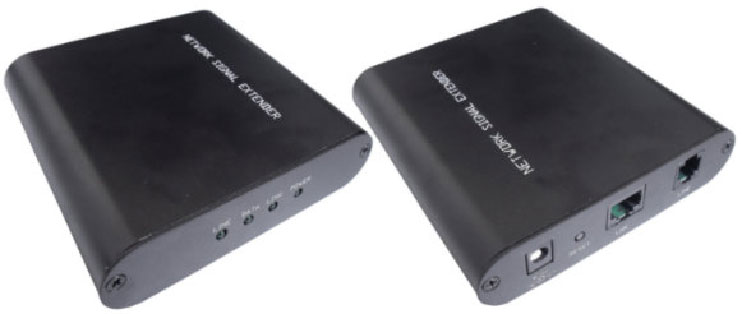The technology that is using the existing wiring of the local telephone network for delivering Internet is called DSL. This type of technology is using optical remote node and twisted-pair subscriber line. Originally the wiring has been installed for POTS (“plain old telephone service”) purposes and only has been using frequencies from 300- to 3300 kHz. At the same time, wiring is having available bandwidth of 1 MHz. Since POTS is occupying only portion of frequencies, technology allows using rest of the bandwidth for data transmission without affecting telephone services. Table 1. is showing different types of DSL. Only ADSL supports simultaneous POTS.
| xDSL | Standard | Downstream | Upstream | Symmetry |
| ADSL | ITU-T Rec. G.992.1 | Up to 8 Mbps | Up to 1 Mbps | Asymmetric |
| HDSL | ITU-T Rec. G.991.1 | 786 Kbps, 1.544 Mbps, 2.09 Mbps | 786 Kbps, 1.544 Mbps, 2.09 Mbps | Symmetric |
| SDSL | ITU-T Rec. G.993.1 | Up to 2 Mbps | Up to 2 Mbps | Symmetric |
| VDSL | ITU-T Rec. G.993.2 | Up to 100 Mbps | Up to 100 Mbps | Both |
Table 1. DSL Technologies.
ADSL is implementing the two way data transmission over unused frequencies, therefore leaving telephony services transmission unaffected. DMT (discrete multitone) transmission is segmenting downstream bandwidth to 256 separate 4 kHz multiplexed channels.
In DSL network, each user is having separate P2P dedicated access to the service provider’s CO. As seen from Figure 1. internal splitter is used at users end for separating POTS from computer signal that is transmitting data.

Figure 1. DSL network.
The multiplexers that are installed at the CO and receive signals from customers are called DSLAMs (digital subscriber line access multiplexers). Each of the DSLAMs can have multiple subscriber lines connected to its aggregation cards. The signal in DSLAM is being aggregated on a high-speed backbone line using multiplexing techniques. Since DSL is using existing telephone lines and does not require big changes in the infrastructure it is very appealing for the telecommunication operators.
The DSL is having many types of DSL technology that are different in speed and reliability. DSL’s data rate is changing based on many factors including transmission length. The longer is the telephone line – the lower are the performance rates. As an example is ADSL with cable length of 1.5 km and speeds of 128 Kbps – 8 Mbps and 64 Kbps – 1 Mbps for downstream and upstream respectively.
Since the telephone cable is not shielded, designers are meeting a problem of signal fading and cross talk. Increased cable length is resulting in signal becoming too weak and not being able to be interpreted correctly or even detected at the customers end. Increasing downstream transmission power might look like obvious solution for this problem, but unfortunately it results in signal cross talk – situation when signal in one line is able to affect or even unintentionally travel through the different subscribers line.

Figure 3. AN-LAN-EXT Ethernet Extender uses VDSL technology to send high speed data over copper pairs.


